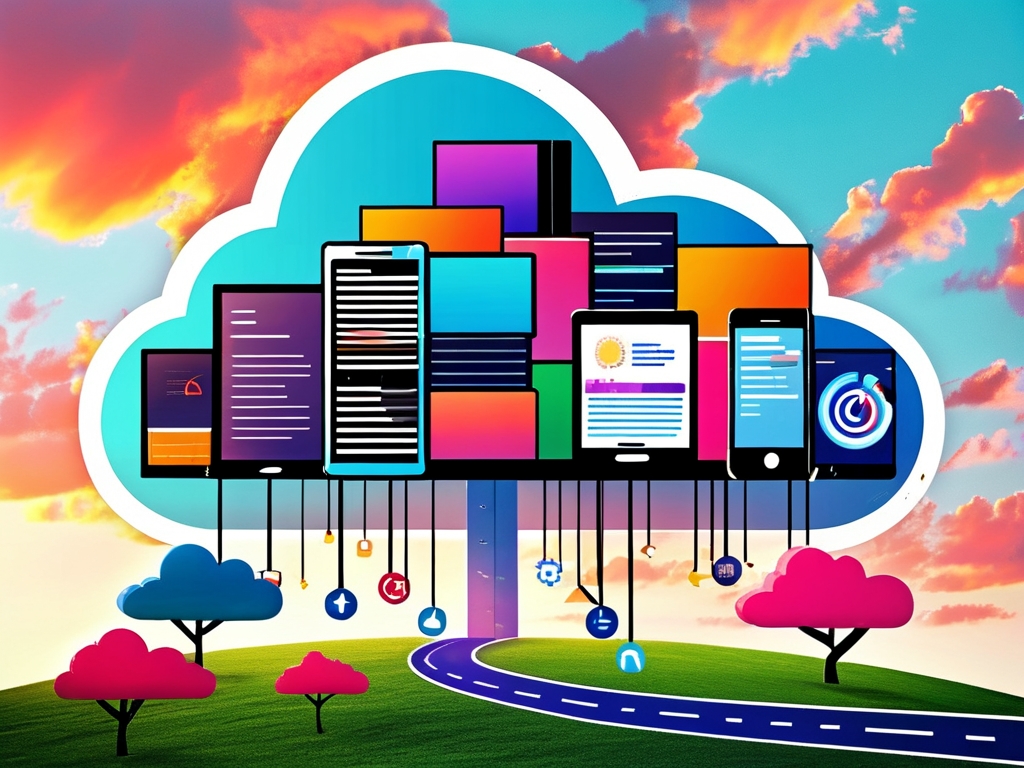The rapid evolution of cloud computing has led organizations to adopt hybrid cloud architectures to balance flexibility, cost-efficiency, and security. Hybrid cloud models combine private and public cloud infrastructures, enabling businesses to optimize workloads based on performance, compliance, or budgetary needs. However, not all hybrid cloud architectures are the same. This article explores the primary types of hybrid cloud architectures, their use cases, and how they address modern IT challenges.
1. Managed Hybrid Cloud
A managed hybrid cloud involves outsourcing the integration and management of private and public cloud resources to a third-party provider. This model is ideal for organizations lacking in-house expertise or resources to maintain complex cloud environments. Providers handle tasks like workload migration, security configurations, and compliance monitoring. For example, a healthcare organization might use a managed hybrid cloud to securely store sensitive patient data on a private cloud while leveraging public cloud resources for analytics tools.
Advantages:
- Reduced operational burden.
- Enhanced scalability with expert oversight.
- Streamlined compliance adherence.
Challenges:
- Dependency on third-party vendors.
- Potential latency in cross-cloud communication.
2. Multi-Cloud Hybrid Architecture
This approach integrates multiple public cloud providers (e.g., AWS, Azure, Google Cloud) with an on-premises private cloud. Organizations use this model to avoid vendor lock-in, optimize costs, and leverage specialized services from different providers. For instance, a retail company might host its e-commerce platform on AWS for its global reach, use Azure for AI-driven customer insights, and maintain financial data on a private cloud for compliance.
Advantages:
- Flexibility to choose best-in-class services.
- Improved disaster recovery through redundancy.
- Cost optimization via competitive pricing.
Challenges:
- Increased complexity in managing multiple platforms.
- Higher risk of configuration errors.
3. Edge-to-Cloud Hybrid Architecture
Edge computing integrates with hybrid clouds to process data closer to its source (e.g., IoT devices, sensors) while using centralized clouds for storage or advanced analytics. This architecture is critical for industries requiring real-time decision-making, such as manufacturing or autonomous vehicles. For example, a factory might use edge devices to monitor machinery health locally and transmit aggregated data to a hybrid cloud for long-term analysis.
Advantages:
- Reduced latency for time-sensitive operations.
- Bandwidth savings by filtering data at the edge.
- Enhanced scalability for IoT deployments.
Challenges:
- Security risks at distributed edge nodes.
- Complex synchronization between edge and cloud systems.
4. Cloud Bursting Architecture
In this model, organizations primarily use a private cloud but "burst" into a public cloud during peak demand. This is common for applications with unpredictable traffic spikes, such as streaming services or seasonal e-commerce platforms. For example, a tax software provider might rely on a private cloud for most of the year but burst into a public cloud during tax season.
Advantages:
- Cost savings by avoiding over-provisioning.
- Seamless scalability during traffic surges.
Challenges:
- Requires compatibility between private and public cloud environments.
- Potential latency during workload transitions.
5. Legacy-Integrated Hybrid Cloud
Many enterprises still rely on legacy systems (e.g., mainframes, on-premises databases). A legacy-integrated hybrid cloud connects these systems with modern cloud services via APIs or middleware. Banks, for instance, often use this architecture to maintain core banking systems on-premises while deploying customer-facing apps on the cloud.
Advantages:

- Protects investments in legacy infrastructure.
- Enables gradual cloud migration.
Challenges:
- Integration complexity.
- Security vulnerabilities in older systems.
Choosing the Right Hybrid Cloud Architecture
Selecting a hybrid cloud model depends on factors like:
- Workload Requirements: Latency-sensitive apps favor edge-to-cloud models.
- Compliance Needs: Industries like finance or healthcare may prioritize private cloud components.
- Budget: Managed services reduce upfront costs but involve ongoing fees.
Future Trends in Hybrid Cloud Architectures
As technologies like AI, 5G, and Kubernetes evolve, hybrid clouds will become more automated and interoperable. Expect advancements in:

- Unified Management Tools: Simplifying cross-platform oversight.
- AI-Driven Optimization: Automating workload placement based on real-time data.
- Enhanced Security Frameworks: Zero-trust models for distributed environments.
In , hybrid cloud architectures are not one-size-fits-all. By understanding the different types—managed, multi-cloud, edge-to-cloud, cloud bursting, and legacy-integrated—organizations can tailor solutions to their unique needs, ensuring agility, resilience, and competitive advantage in a cloud-centric world.









